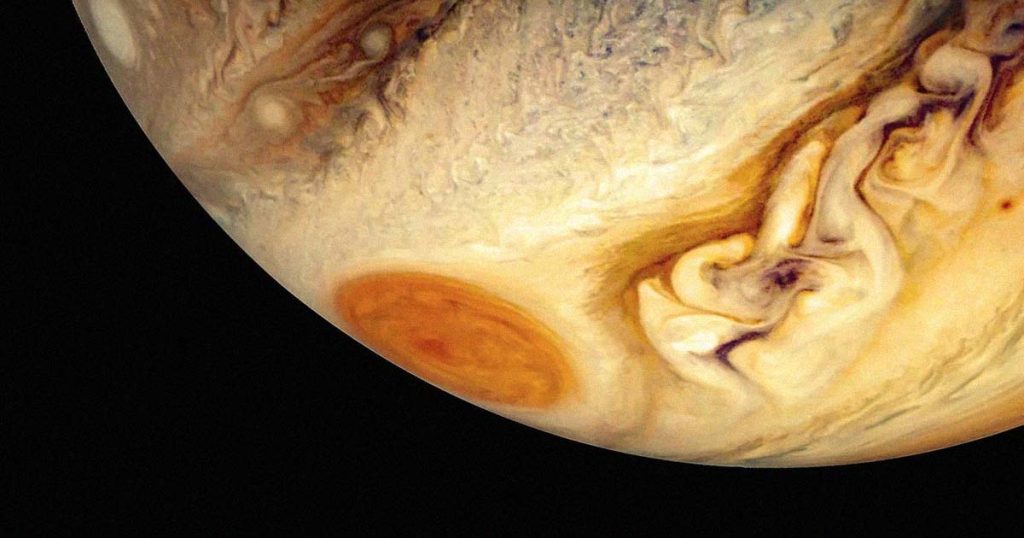“That was very unexpected.”
Great Ball of Fire
Jupiter’s Giant Red Spot (GRS) is large enough to swallow the entire Earth — and as new imagery from Hubble suggests, it’s a lot weirder than previously thought.
Between December 2023 and March 2024, the Hubble Space Telescope took a closer look at the massive and mysterious “anticyclone” that has long fascinated astronomers and found that not only does its size keep changing, but that it appears to be, well, jiggling.
“While we knew its motion varies slightly in its longitude, we didn’t expect to see the size oscillate,” explained NASA’s Amy Simon, a director at the agency’s Goddard Space Flight Center, in a statement. “As far as we know, it’s not been identified before.”
This ginormous storm is, as NASA points out, the largest in our Solar System. In 1979, the Voyager spacecraft clocked its diameter at a whopping 14,500 miles across — but per more recent Hubble observations, it’s shrunken to a mere 10,250 miles.
With these latest Hubble images taken over 90 days, the GRS seems to be behaving like a stress ball. The white clouds around it even sort of resemble a squeezing hand — an incredible coincidence that drives home how fascinating this finding really is.
Proper Look
Simon noted that despite having been observed by astronomers for centuries, the GRS had never been repeatedly imaged over time before this three-month dedicated look.
“With Hubble’s high resolution,” she said, “we can say that the GRS is definitively squeezing in and out at the same time as it moves faster and slower.“
“That was very unexpected, and at present, there are no hydrodynamic explanations,” she added.
Simon and her team’s findings could have implications for studying hurricanes on Earth as well.
“As it accelerates and decelerates, the GRS is pushing against the windy jet streams to the north and south of it,” explained Mike Wong, co-investigator of the new research from the University of California at Berkeley, in the agency’s statement. “It’s similar to a sandwich where the slices of bread are forced to bulge out when there’s too much filling in the middle.”
As of now, the team is still investigating possible explanations for the spot’s strange behavior — but we can be sure Simon’s team will be looking at the eye-shaped spot even closer now that they know how weird it is.
More on the GRS: James Webb Observes Mysterious Structures Above Jupiter’s Great Red Spot

